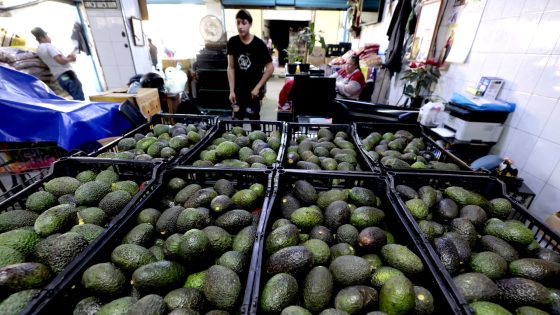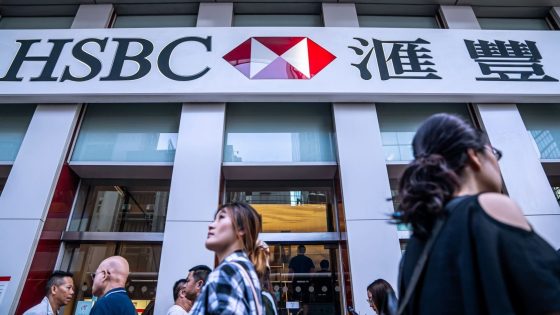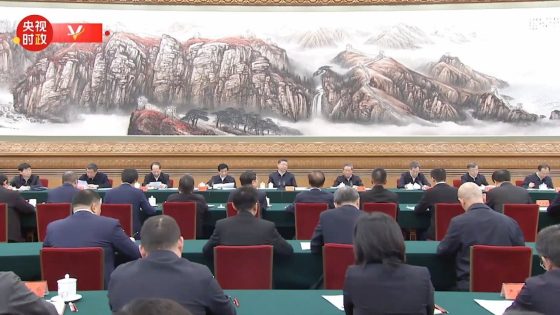On February 5, 2025, Chipotle Mexican Grill announced that it does not anticipate significant cost increases if tariffs on imported ingredients, including avocados, are implemented next month. The company noted that approximately half of its avocados are sourced from outside Mexico, which alleviates some concerns regarding potential price hikes.
- Chipotle expects minimal cost impact from tariffs
- President Trump paused 25% tariff plans
- Chipotle sources half avocados from non-Mexico
- Company reported 5.4% same-store sales growth
- Tariff outlook not included in forecasts
- Chipotle has strong pricing power despite concerns
President Donald Trump had previously paused plans for a 25% tariff on imports from Mexico and Canada, which, if enacted, could raise costs for restaurants. Chipotle’s Chief Financial Officer, Adam Rymer, indicated that even with tariffs, the company’s cost of sales would only rise by about 0.6 percentage points.
Chipotle’s sourcing strategy has positioned the company to manage potential tariff impacts effectively. While Mexico is the primary supplier of avocados to the U.S., Chipotle has diversified its sources. The company imports avocados from Colombia, Peru, and the Dominican Republic, accounting for about half of its avocado supply. This diversification is crucial, as Mexico supplies roughly 90% of the avocados consumed in the U.S.
Key sourcing details for Chipotle include:
- About 2% of Chipotle’s sales are sourced from Mexico.
- Less than 0.5% of sales come from Canada and China.
- Chipotle has already faced a 10% tariff on Chinese imports.
Despite the uncertainty surrounding tariffs, Chipotle has demonstrated strong pricing power. In the fourth quarter, the company reported a 5.4% increase in same-store sales, driven by a 4% rise in customer traffic. However, a conservative outlook for future sales growth led to a 5% drop in shares during extended trading.
In summary, Chipotle’s strategic sourcing and strong sales performance position the company well against potential tariff impacts, while the broader implications of these tariffs may still affect pricing in the North American market.
































